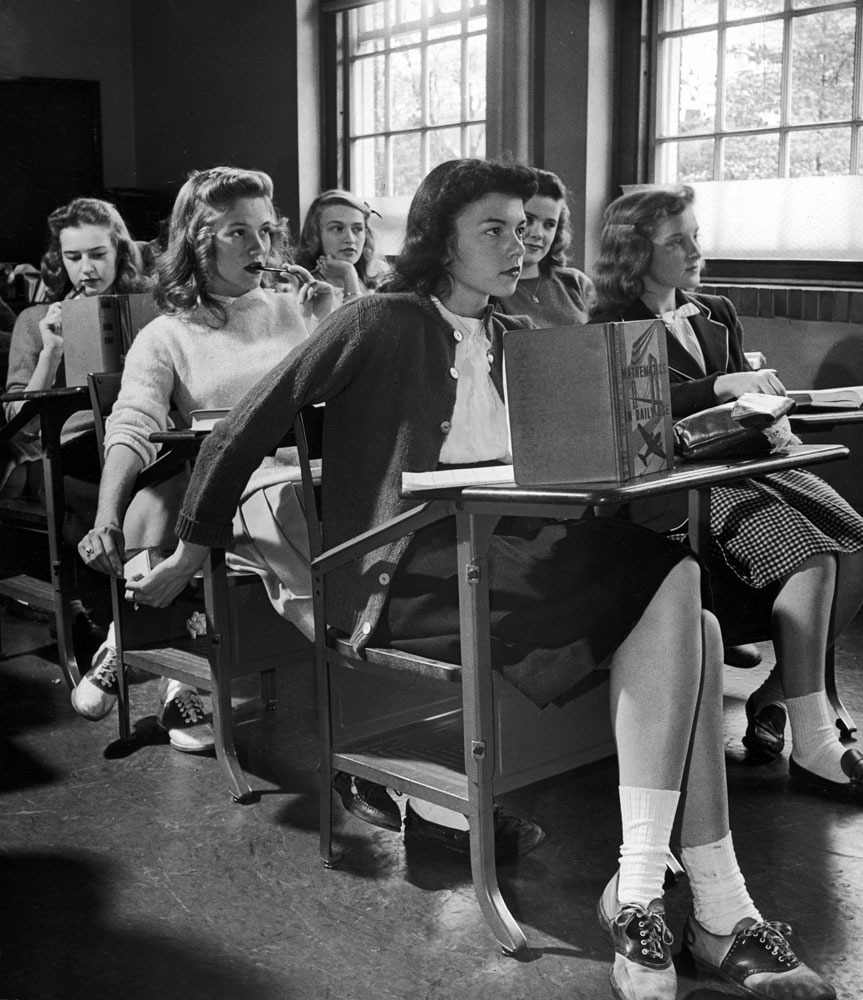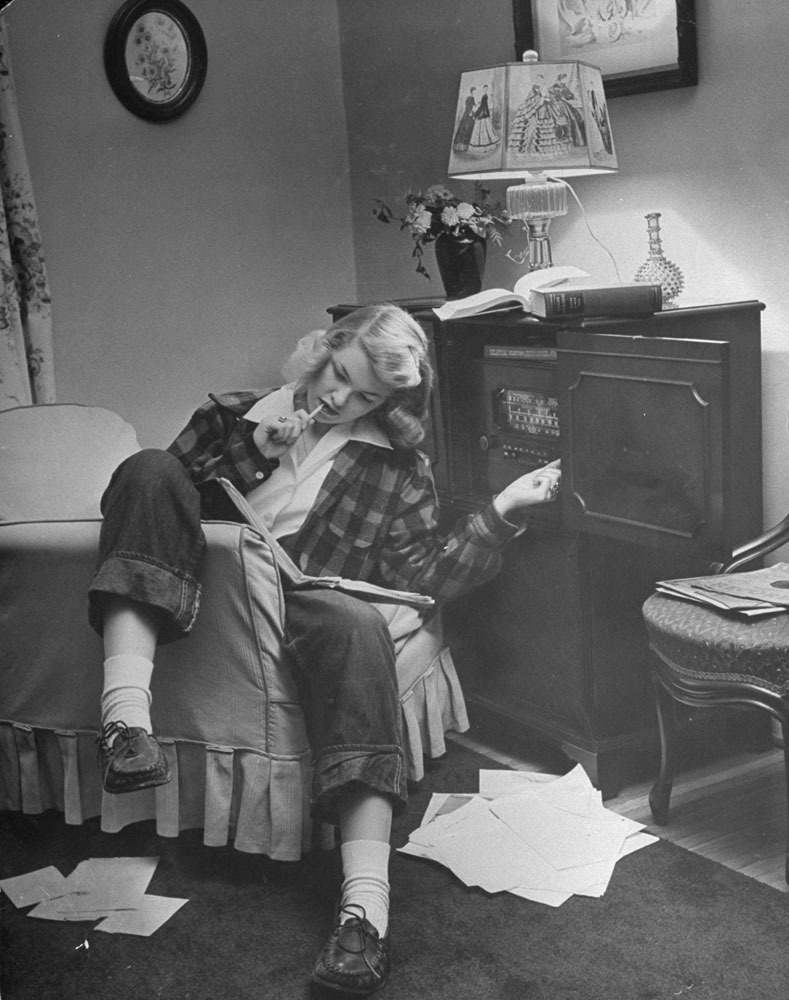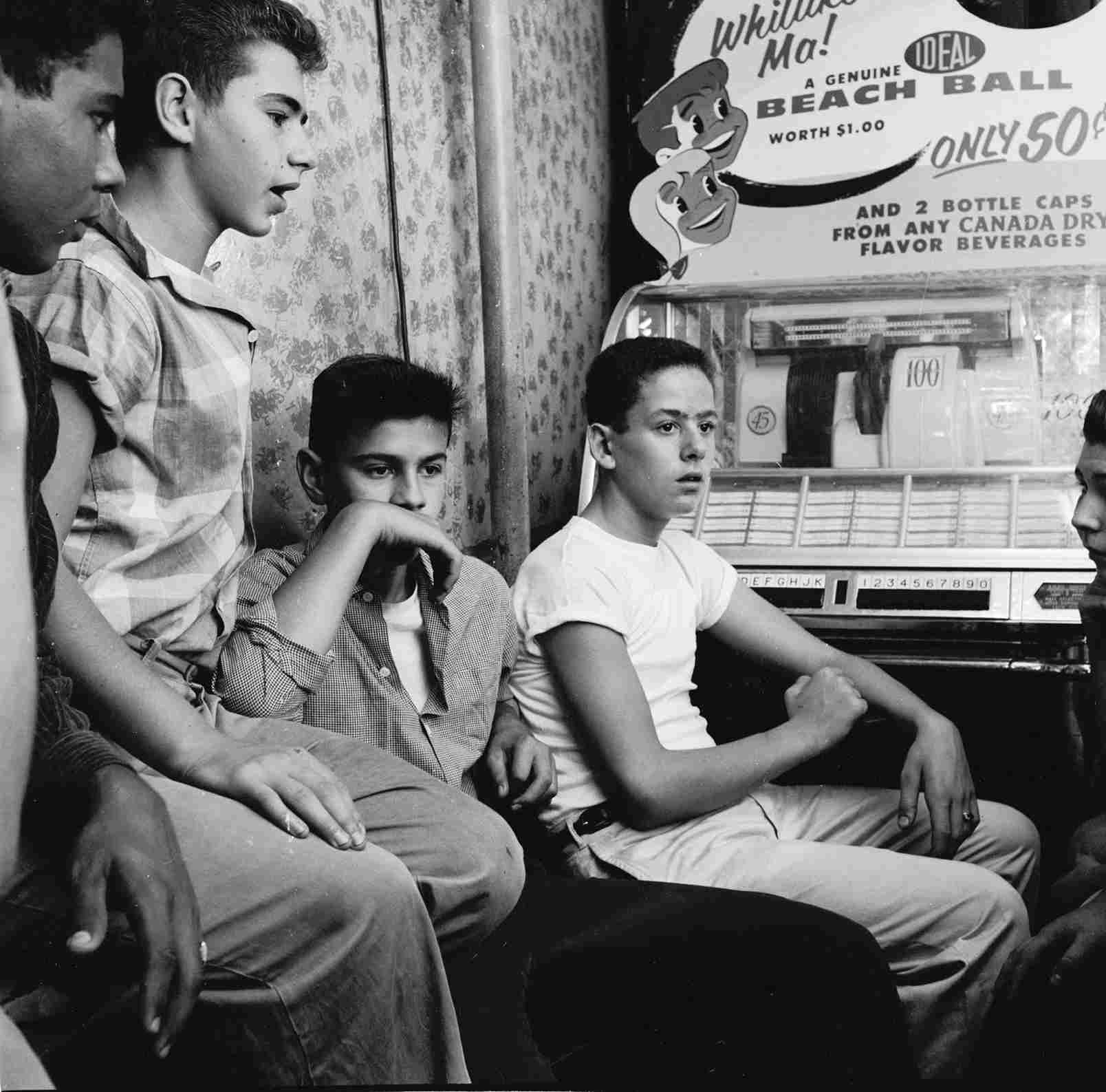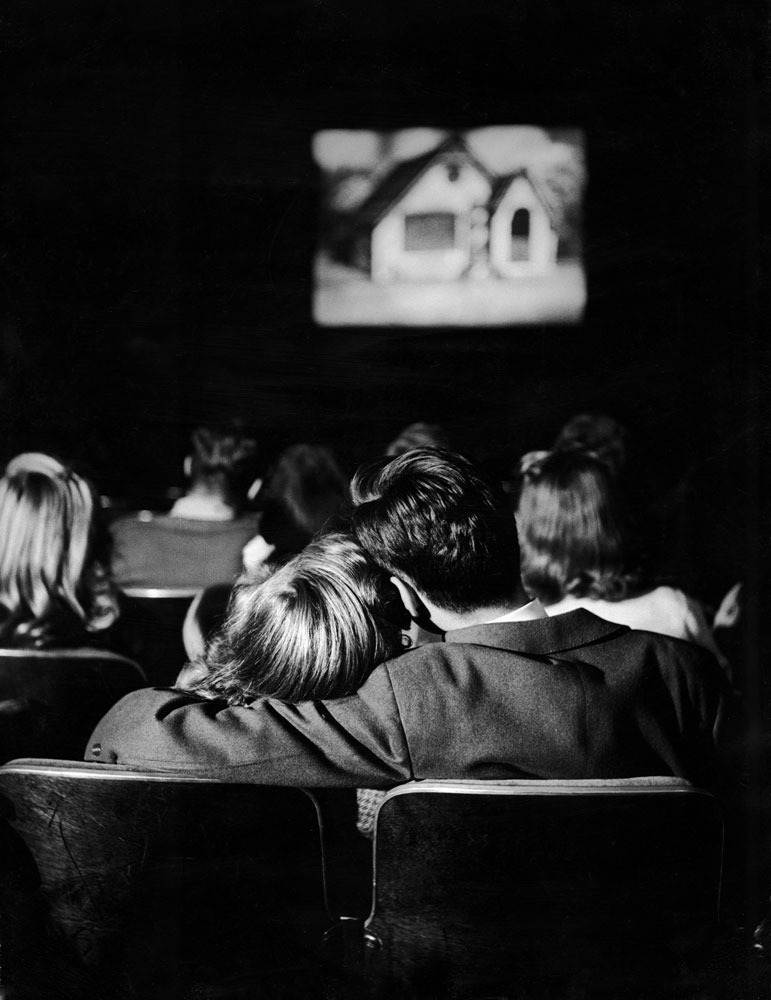The Invention Of Teenager And The Triumph Of Youth Culture Era
Not so long ago, there was no such thing as a teenager. People went straight from being kids to being adults, without any in-between stage. But then, something amazing happened. A new era dawned – the era of the teenager.
Before the 20th century, young people were seen as either children or adults. But as the world changed, so did the way people thought about youth. In the 1950s, teenagers burst onto the scene with their own unique style, music, and way of life.
Keep reading this article to explore interesting things about teenage culture.
The teenager emerged thanks to the confluence of three trends in education, economics, and technology
The emergence of mandatory schooling

By all accounts, the word “teenager” likely made its debut in print in a 1941 issue of Popular Science, though it had likely been used earlier. Before this, people referred to someone “in their teens,” but “teenager” grouped these individuals together, recognizing them as a distinct social category with shared experiences.
The rise of the teenager can be traced back to changes in schooling and parenting as the nation industrialized after the Civil War. As people moved from farms to factories, labor unions formed and advocated for young people to stay out of the workforce to ensure higher wages for adult workers.
With a young population due to high birth rates and immigration, the solution was to keep youths in school.
This made sense as the industrial economy required workers with skills in math, physics, machinery operation, and literacy. High schools could provide this education.

Labor groups supported laws mandating school attendance, first through eighth grade, then to ages 16 or 17, and eventually until high school graduation, funded by property taxes.
Between 1920 and 1936, high school attendance more than doubled, and by the end of World War II, most teenagers graduated. Spending more time in school, away from work and family, allowed young people to develop their own customs and social rules.

This environment fostered the unique American teenage culture, which couldn’t have emerged if 16-year-olds were working alongside their parents in factories.
The economic boom after World War II

The 1950s marked a period of tremendous economic expansion in American history, with full employment leading to rising wages for both unionized adults and older teenage workers.
During this time, parents had fewer children and invested more in each one. Birth rates declined in the advanced world due to increased female education and the legalization of birth control.

Since the 1970s, the wealthiest 20 percent of U.S. households have more than doubled their spending on childhood “enrichment,” such as summer camps, sports, and tutors.
As modern marriages began to focus more on children, young people became the chief financial officers of family spending, further solidifying their influence and importance in the family and society.
The invention of the car

In the 1900s, cars played a crucial role in the emergence of teenagers as a distinct social group. For the first time in American history, large numbers of teenagers had their own cars, giving them a new kind of freedom and significantly redefining sexual attitudes.

During the 1930s – 1940s, few young people had access to automobiles. By the late 1950s, nearly every teenager either had or could use a car. This unprecedented access allowed teenagers more opportunities to be alone together, making their peers more influential than their parents.
This mobility fostered a sense of community and identity among them. The car culture also created job opportunities for teenagers, giving them disposable income to spend on fashion, music, and entertainment.
Teenage rebellion led to societal fears

Teenagers were regarded as cultural nomads, roving vagabonds seeking out new frontiers of tastes and behavior rather than settling into the established rituals of American society.
Experts counseled parents on dealing with new challenges: rebellion against authority, the urge for independence, resistance to supervision, and sexual liberation.

Fears of “juvenile delinquency” were widespread across the country. In 1953, J. Edgar Hoover published an FBI report warning that “the nation can expect an appalling increase in the number of crimes that will be committed by teenagers in the years ahead.”
This message resonated in Congress, prompting President Dwight Eisenhower to call for federal legislation to address the issue in his 1955 State of the Union address.
Social critics often lumped together young car-jacking thieves and comic book readers, viewing them all as feral gypsy sprites.

Psychologist Laurence Steinberg observed that teenagers often act recklessly around their peers. In a driving simulation, Steinberg found that teenagers took twice as many risks when their friends were watching, highly sensitive to peer influence.
The fear that young men and fast cars were disrupting romantic norms was widespread. The chorus of the 1909 Irving Berlin song “Keep Away from the Fellow Who Owns an Automobile” captures this anxiety:
“Keep away from the fellow who owns an automobile
He’ll take you far in his motor car
Too darn far from your Pa and Ma
If his 40 horsepower goes 60 miles an hour say
Goodbye forever, goodbye forever”
Teenagers have developed as a valuable consumer demographic and a worthy topic of research

In the postwar years, teenagers developed a distinct identity and became an influential demographic group in American life.
Many middle-class teenagers had more leisure time and spending power than previous generations. Unlike before, they could often keep their earnings from part-time jobs rather than contribute to family support.
Grouped together with peers in co-educational high schools, teenagers took control of their social lives. Friends, not parents, became their main influencers, especially regarding music, clothes, and cars.

Jon Savage, author of Teenage, notes that by 1944, “American youth had a spending capacity of $750 million; untold riches awaited those who plugged into this virtually untapped market.”
American businesses quickly recognized the potential of this emerging market. They began targeting advertisements for everything from soda to cars to tap into teens’ growing purchasing power.
The entertainment industry followed suit. Companies in music, radio, television, and movies soon geared their offerings toward teenagers.

From 1955 to 1960, music defined teenage life in America. Teenagers listened to Rock and Roll on transistor radios, record players, car radios, and TV. This genre, initially popular on a few stations targeting African-American audiences, became a mass phenomenon driven by teenagers.
In 1955, Elvis Presley, the “King of Rock ‘N’ Roll,” burst onto the scene, captivating teenagers with his looks, style, and hip-swinging moves.

Teen-themed movies also shaped the era. James Dean starred in Rebel Without a Cause and East of Eden, becoming an icon. Teenagers emulated his moody, cool demeanor and bought red jackets like his. Natalie Wood’s role in Rebel Without a Cause resonated with teenage girls.
These cultural icons significantly influenced the teenage identity and culture of the time.
Enjoy some more pictures to get into the fascinating world of teenage culture
Young couples at a formal dance dreamily swaying on the crowded floor of a ballroom lit by a chandelier

Pat Woodruff does homework with the radio going full blast

The evening phone call is a ritual

Teenage boys together

Teenager watching movies

A beautiful American teen, 1944

Sonny Thayer, 19, packed for a hunting trip

The prosperous pay-off of after-school jobs brought Mike Sweeney and Harold Riley (right) with Pat Marsh (left) and Nita Wheeler, all 17, to Carlsbad’s Red Barn restaurant, a favorite party spot.

A teenage couple


